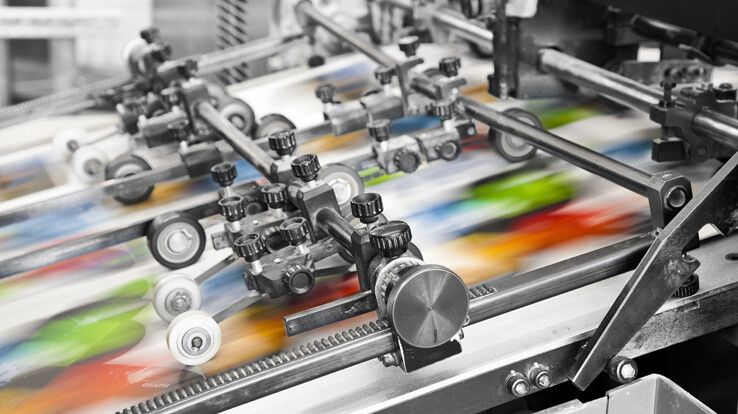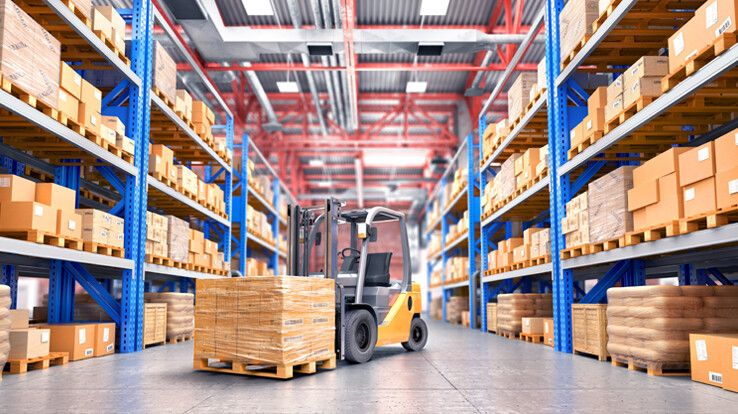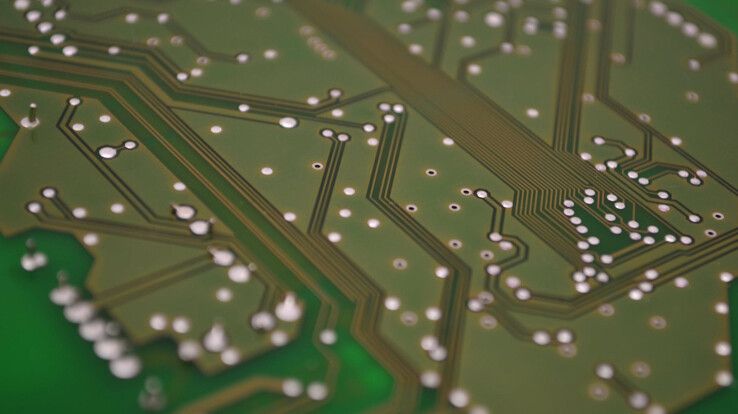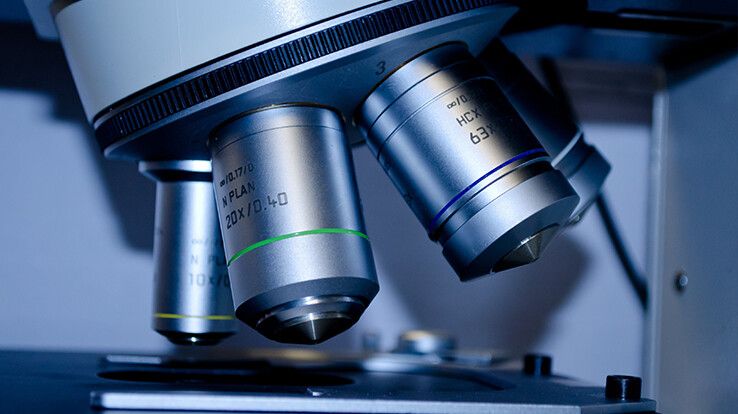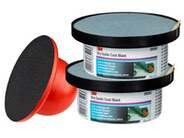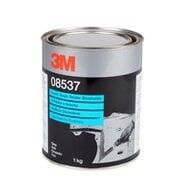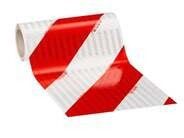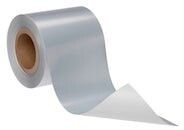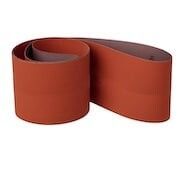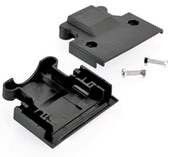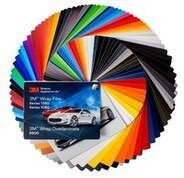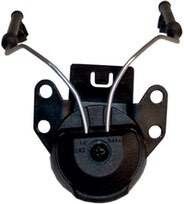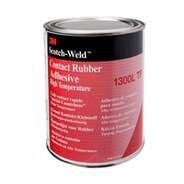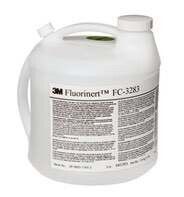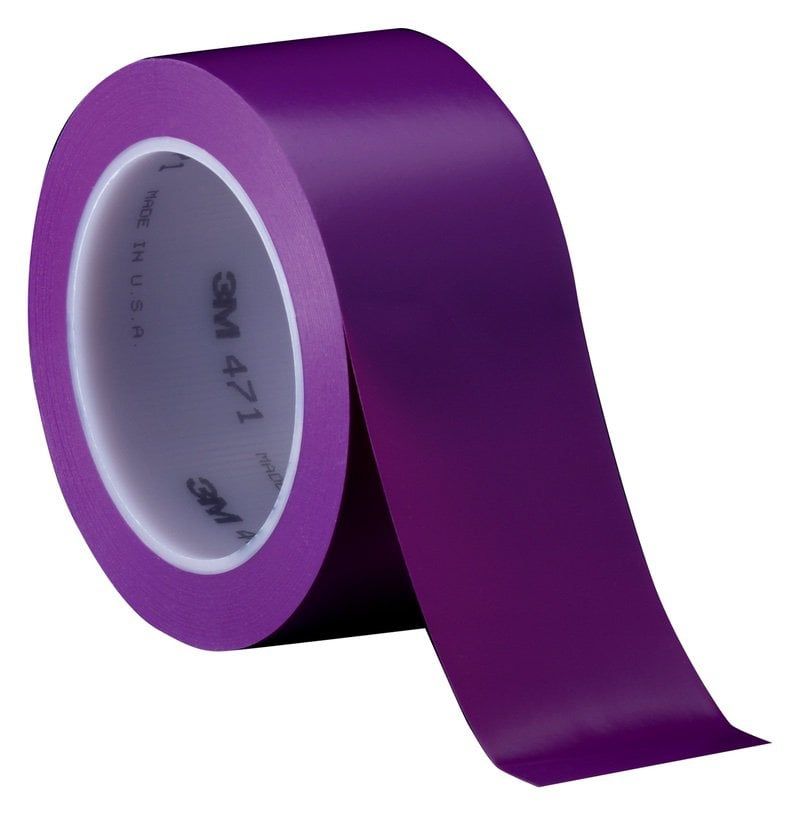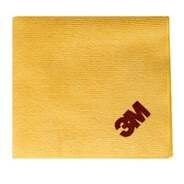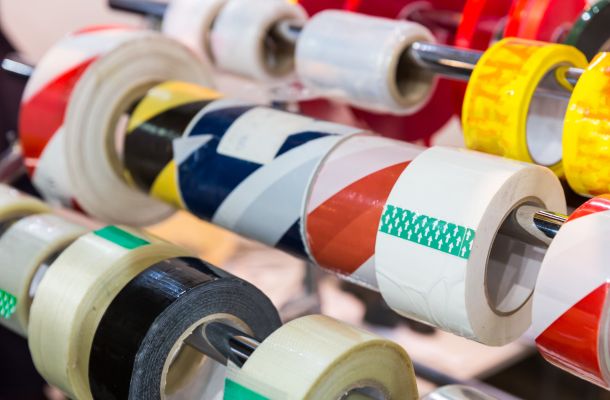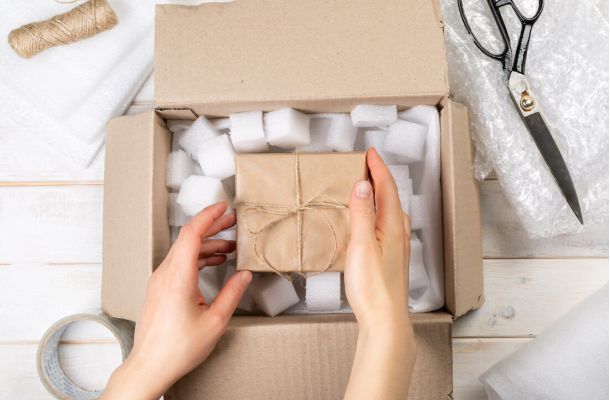Packaging technology, or what is around the product
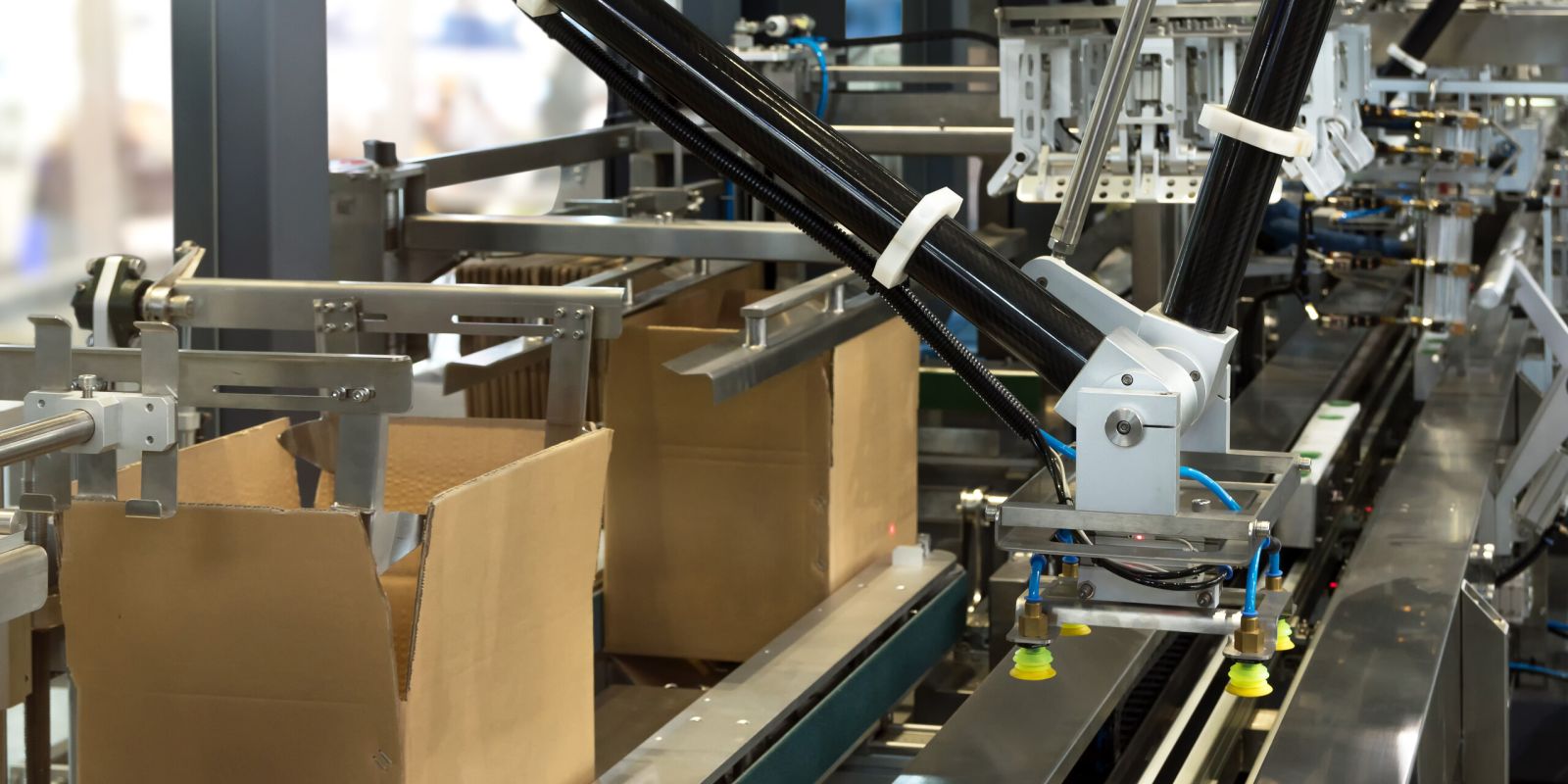

Packaging is the necessary good that Is “added” to every product. Since the proliferation of mass production, machinery and freight forwarding, production has embraced this truth, creating a whole new industry. A brief introduction to packaging technology.
Why do we need packaging technology?
First of all, basically, we are talking about the covering and physical form of goods and all tools and procedures that are used to create such coverings. The most important purpose of packaging is the preservation of the quality of goods, the protection of goods from external environmental effects (such as mechanical effects, sunlight, humidity, moisture, temperature, air, physical and chemical pollution).
Basically, packaging technology contains goods in units, that is it gives the goods a shape with a specific packaging form that means uniform sizes. First, it is the only way to ensure that the end product complies with basic principles required in Hungarian or European Union regulations, second, that it supports the distribution and logistics process – storage, transportation – later.
Another important task of packaging technology is to sell the product: to send an obvious message to the target group of the specific product with an attractive and up-to-date appearance. This marketing function is more and more important as the most unexpected products that may seem unconventional at first are also introduced with an attractive design. In today’s world, it is much more difficult to sell a product that has an “uglier” packaging and advertises only its function. In a culture based on visuals (Facebook, Instagram, Pinterest), packaging also has a strong visual role.
The history of packaging technology
Although it was started by the Turkish in the Middle Ages, a narrower packaging technology emerged only in 1850, when packaging was already used as a marketing tool. At that time, condensed milk was advertised as a cleaner product due to being kept in a packaging, moreover, the packaging also suggested that the product was of a high quality. Packaging began to draw more and more attention from that point, which now presents the essential characteristics of a product.
The first supermarket to offer only packaged products on its shelves appeared in New York, in 1907. Various research, questionnaires and psychological examinations have proven the significant role of packaging in the decision of whether the customer buys a specific product again or not.
Issues related to packaging – primarily due to climate protection and to reduction of waste – are still very important and keep the innovation of the packaging industry moving.
Types of packaging
The diversity of packaging is amazing. Let us take a look around from this aspect and let us see what materials are possible to use!
There is transport packaging, where the protective function and the appropriate tensile strength is the primary aim. The important aspect here is to make moving and storage easier.
There is no packaging without packaging materials. This includes materials for packaging (paper-based, such as bags, pouches, paper bags, boxes, crates). Metal-based packaging is also widespread: a rigid container is made from steel, such as barrel, can, bucket, tin can. Aluminum is lighter, more resistant to corrosion, it is considered as a more up-to-date material. Glass packaging includes ampoule, vial, bottle, jar. Products of textile packaging are bale, sack, bag, while wooden packaging means barrel, container and crate.
Plastic packaging is extremely widespread: in this case, thermoplastic types are used, so they are easy to form and close. The packaging technology with plastic materials use flexible packaging thinner than 1 mm (pouch, bag, sack, film) and rigid types thicker than 1 mm (tube, cup, tray, box, crate, barrel, bottle, case).
There is no packaging without mandatory labeling. This includes for example the specification of ingredients, net weight or volume, date of minimum durability or use-by date or the name of the producer or distributor.
Of course, packaging industry is expanding. It offers tools like air cushion- or zip lock products, various films, adhesive applicators, special-purpose tapes or cleaning preparations.
The future of packaging technology
We can already get news of very exciting developments withing the industry. For example, there are experiments to replace plastics with fiber-based packaging, furthermore, the RFID chip has become part of the packaging with the introduction of intelligent packaging, which allows to track goods more easily. Finally, green technology and 3D printing are the two areas that could produce more and more, interesting innovations in the future.
More articles
Flanker Plusz Kft.
Contact Details
Boti Street, 100.


